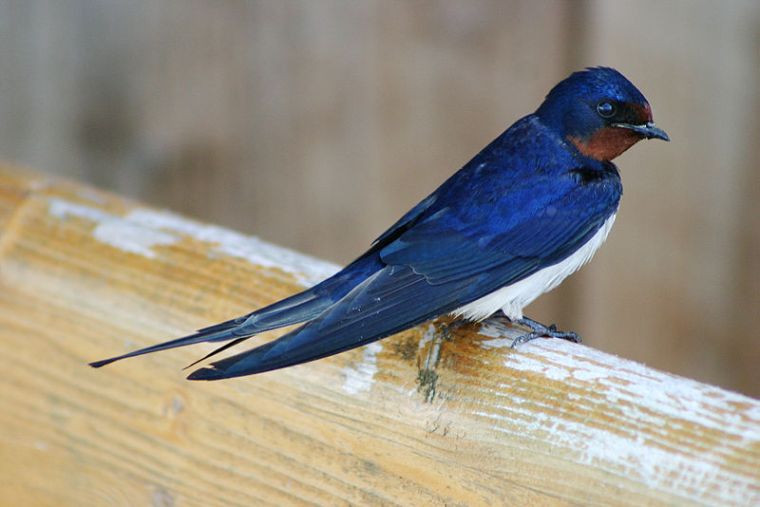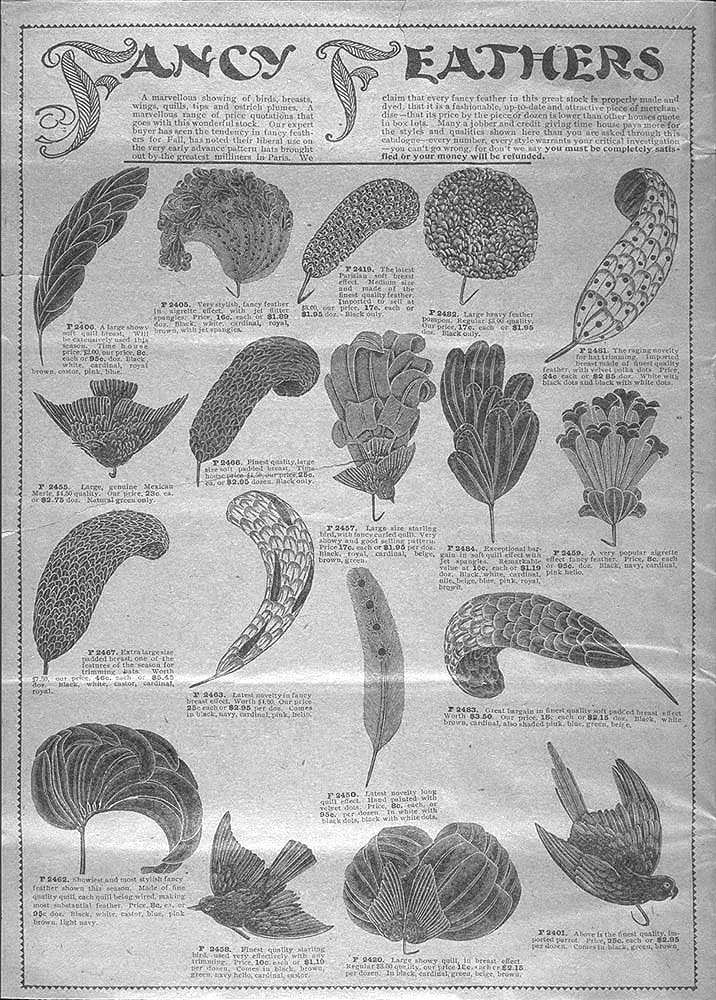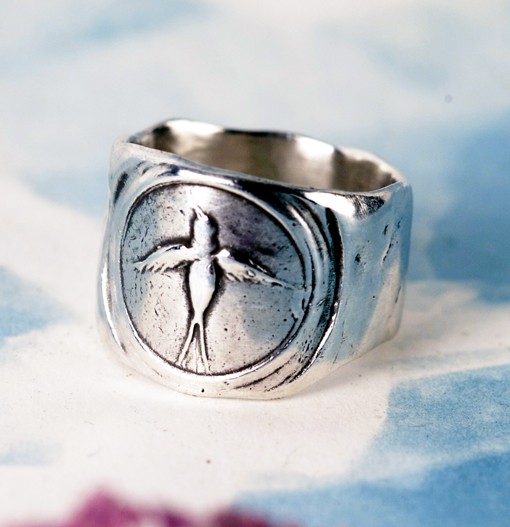You know the saying…one thing always leads to another? Well ever since Ms. Jeannie wrote a blog post about the history of starlings she has been noticing the variety of birds that live in and around her garden. Not that she ever didn’t notice the birds before – but now she REALLY notices them. Their colors, their size, their nesting habits, their songs…fascinating! Her blog post also spawned similiar noticings and conversations among her friends, so much so that that they have sort of formed a little bird observation club of sorts. An occasional picture here, some observations there, a musing in-between.
One such friend, just yesterday, brought a nest to Ms. Jeannie that needed to be removed from the underside of his portico. Here it is upon arrival at Ms. Jeannie’s…

After seeing a family of birds hatch, grow, and leave the nest, and seeing no further activity over the next 2 weeks, he figured the nest was empty and ready for demolition. But to his surprise, upon careful removal, he discovered…

This bird’s nest belongs to the barn swallow, which like the starling, is one of the most common birds. So common in fact, that swallows can be found on every continent except for Antarctica.

Lying somewhere between the shades of cobalt blue and windsor blue, barn swallows are made up of beautiful blue feathers along their back and wings with white to orange belly feathers and long pronged tail feathers (like those extra long meat forks!).
Back in the 1800’s, because of their bright colors, barn swallows were hunted exhaustively for use of their feathers in the millinary business. Ladies hats were big business back then, which led artisans to continuously try to one up each other in the creativity department. Seeking more and more exotic inspirations, birds proved just the ticket to create hats both remarkable in size and stature. Other common bird feathers besides the swallows included egrets, bobwhites, herons and terns.
Here’s a millinery supply catalog page from 1901. Note the starling (whole bird) offered for sale in the bottom left corner.

Understandably, hats were an important staple in every women’s wardrobe. In an era where women dressed in similar colors and clothes, hats were a creative outlet for self expression. Like the artists who created them, women continuously sought the most unusual arrangements. Dead animals included. By the 1870’s, whole birds were being perched on top of women’s heads with wings fanned out in all sorts of elaborate stylings. Here are several feathered hat examples…





By the late 1890’s – early 1900’s, plume trading was a very lucrative business bringing at times $32.00 an ounce and esculating as high as $80.00 an ounce during peak trading. And it wasn’t just for women’s fashion, either. Men’s fedoras were also being embellished with feathers as status symbols of economic prosperity.
Fortunately, thanks to an 1886 editorial printed in Forest & Stream Magazine by naturalist, George Bird Grinell, the devasting effects plume trading was having on barn swallows and other birds was brought to light for the American public.

It seems women really hadn’t thought through this whole bird business. Being blinded simply by the sheer beauty of the fashion, they forgot to consider where these feathers came from, how the birds were treated and why they were winding up on their heads. Thanks to the editorial though, women all over New York City roused to the cause. Through boycotts and informational tea parties, word spread and awareness eventually led to the founding of the National Audubon Society in 1905. Today the Audubon Society is still dedicated to the conservation of birds, wildlife and healthy ecosystems. Fantastic!
Ms. Jeannie is thankful that people were watching out for the barn swallows a hundred years ago. Without their valiant efforts, she might not get to enjoy them in her neighborhood now. It’s lovely to see bright flashes of blue zip through the air before you and always so unexpected. Every time, she sees one – it is like the first time. A little extra thrill in her day!
Barn swallows have been a source of inspiration for many areas of art, not just the hat industry. Check out the following swallow themed items, Ms. Jeannie found on Etsy. These are some of her favorites…







If you notice barn swallows in your area, snap a photo and send it to Ms. Jeannie! Please include your location so she can share your sightings with everyone.
Have a birdy day!
BLOG UPDATE!
A reader from the Palm Beach Gardens area of Florida wrote in about this phenomena that occurs in his neck of the woods…
“Something confusing you would be interested in. About every so often, at lest once a month, A huge , I mean huge, flock of birds of all varieties gather on the lake and ring the shore. It consists of birds from pelicans to herons to cranes, etc. As if they are holding a convention. I’ve tried to research this phenomenon to no avail. Any ideas?
Ms. Jeannie is on the case to see what sort of gathering this might be. She’ll keep you updated on what she finds, but in the meantime, if you can help solve this mystery, please share!

